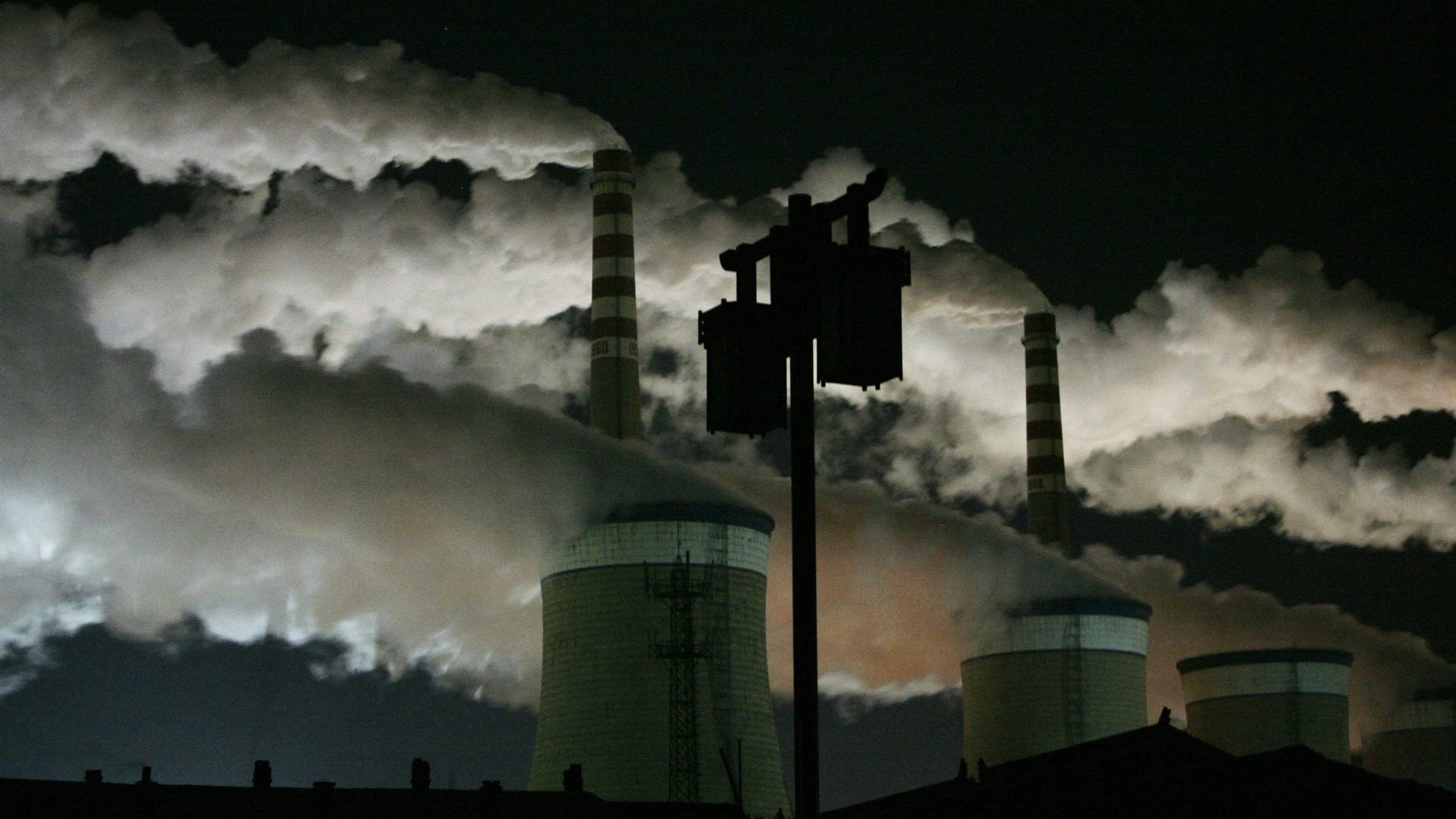Coal’s decline has been a slow burn that suddenly seems to be picking up
If you wanted to tell the story of coal in one line, it would look like this:


If you wanted to tell the story of coal in one line, it would look like this:
Commodity prices fall for two big, connected reasons. Either there’s too much of the thing available, or the markets that wanted it before now want less. Of course, one often drives the other, and for coal, both are the case. Cleaner technologies, supported by international climate legislation, are taking over from dirtier ones—and coal is the dirtiest.
The shift happened first in more developed economies, but developing ones were still burning the black stuff. Now, they’re stopping, too.
All of this looks to be accelerating the decline of the coal industry, which just had a truly awful week.
Exhibit A
On April 13, Peabody Energy Corp., the world’s largest privately owned coal company, filed for bankruptcy in the US. It was the last chapter in a story of structural decline that began as early as 2011.
The first market the company lost was at home. Over the last five years, shale gas has flooded into the US market, providing an alternative that was both cleaner, and helped energy companies get in line with incoming or anticipated legislation on emissions. The company sought other markets. But last year China, the biggest user of coal in the world, began to cut its consumption—in part because of its economic slowdown, and in part because of its own climate goals.
US firms are by no means alone in seeing their coal companies struggle. The UK closed its last working coal mine in December 2015. Subject to heavy environmental constraints, most of its remaining coal plants must close by 2020 or convert—as the massive Drax plant is doing—to burn something other than coal. Eastern Europe has held out as a bastion of coal-burning on the continent, but this week the dire state of its industry was also revealed. Talks have taken place in the Czech Republic and Romania on how to prop up the loss-making mines, or help them through the process of shutting down, Politico reports.
Exhibit B
Sentiment continues to turn against coal. Norway’s massive sovereign wealth fund (containing $860 billion, much of which has been generated through the countries oil revenue) began divesting from some fossil fuel companies in 2015.
On April 14, it said it would stop investing in 52 companies linked to coal (including Peabody, a little late).
The decision isn’t purely ethical. Investors in fossil-fuel reserves don’t want to be left with “stranded assets,” or reserves that will be impossible to burn because of future legislation or emissions restrictions. In a speech this week in Oxford, UK, Al Gore, the former US vice president and a high-profile climate campaigner, said these unburnable assets were worth $22 trillion.
Exhibit C
The investment that used to go into coal is going increasingly to renewables. In 2015, investment in renewables was double that for coal and gas combined, according to a study (pdf, p.11) from the Frankfurt School of Finance and Management.
Also this week, the sun provided more power to British homes than coal for the first time in history (though admittedly only on one single day). For one month last year, coal wasn’t the biggest producer of US energy, for the first time ever.